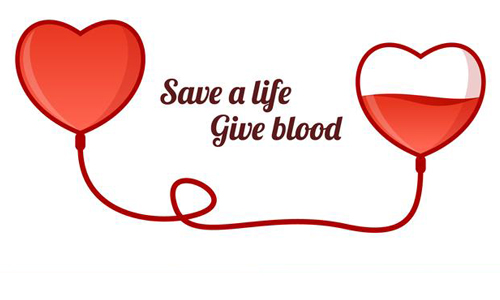About Blood
Blood is a specialized body fluid that delivers necessary substances such as nutrients and oxygen to the body’s cells, and transports waste products away from those same cells. Blood comprises more than 8% of the body weight of a healthy individual.
On an average, every adult person has about 5 to 6 litres of blood. The major component of blood is a fluid called plasma in which has suspended cellular elements. These are Red Blood Cells or RBCs, White Blood Cells or WBCs and platelets.
